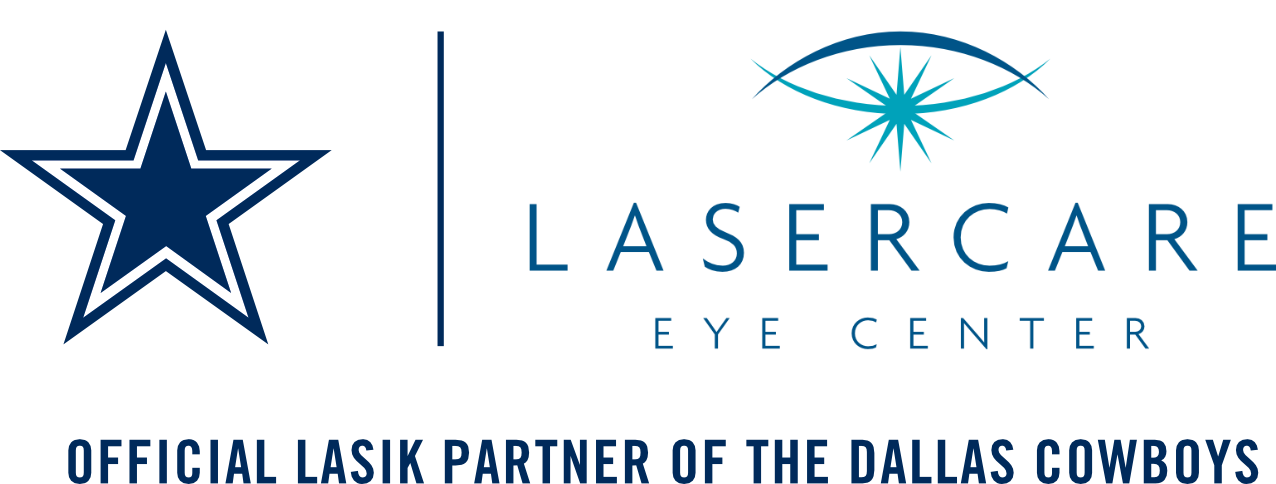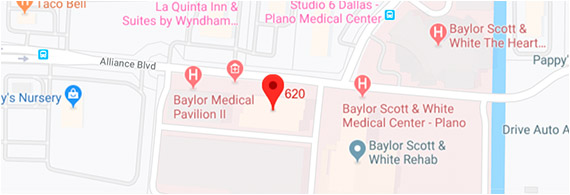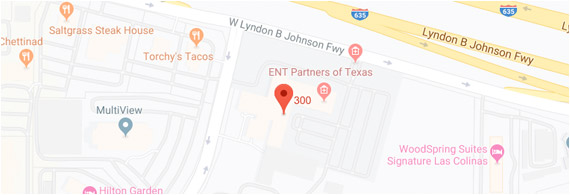Dry Eyes Signs, Symptoms and Treatments

How to beat dry eyes this summer
We all love long summer days of sunshine, beaches, and barbecues, but we don’t all welcome the dry, irritated eyes that can come with it. Many Texans suffer from dry eyes, the combination of wind, dryness and sun can lead to dry eyes. Some people only suffer during the summer but many experience dry eyes year round. So how do you know if you have dry eyes and how can you treat them?
What is dry eye?
Millions of people suffer from chronic dry eye, a condition resulting from the inability of the eyes to make enough quality tears and in Dallas our weather makes it especially bad. An inadequate layer of tears for protection can lead to scratchiness, a burning sensation, pain, light sensitivity, and redness. These irritating symptoms are only made worse by the summer heat which dehydrates the fluids in your body, including your eyes.
Fortunately, there are some tips you can use to help manage symptoms during the summer to ensure you have fun in the sun without being sidelined by dry eyes.
So how do you know if you have dry eyes?
8 signs and symptoms of dry eyes are:
- Blurry Vision
- Stinging or burning eyes
- Scratchiness
- Excessive eye irritation from smoke or wind
- Eye dryness or heaviness that worsens as the day goes by
- Stringy mucus in or around the eyes
- Difficulty wearing contact lenses
- Excessive tearing (occurs reflexively)
What are the treatments for dry eyes?
Home Treatments
Home treatments are usually only for temporary relief of dry eyes and further treatment may be needed if these don’t help to lessen or resolve your symptoms. These may only be relief and not treatment of the problem.
Dry Eye Tips
1. Reduce Air Flow
When you are indoors, make sure you sit away from fans and air conditioner flow vents which could blow air into your eyes. Use vent deflectors to aim air flow down and away from your face so that you can stay cool without drying out.
2. Humidify
Air conditioners reduce humidity and make the air dryer. A humidifier helps to reintroduce moisture into the air as a fine mist. This allows your tears to evaporate more slowly which leaves your eyes moist and less aggravated.
3. Drink Plenty of Water
Help your body fight dehydration by drinking plenty of water throughout the day whether you are inside or outside.
4. Wear Proper Sunglasses
Purchase high-quality, 100% UV blocking sunglasses that wrap around the eyes for additional protection from the sun, sand, and wind. Be especially careful between 10:00 am and 4:00 pm when the rays of the sun are the most damaging.
5. Manage Your Nutrition
Use a supplement with Omega-3 fatty acids which can help replenish the tears. Other sources of Omega-3 fatty acids are fish like salmon, cod, and tuna, and walnuts, flax seeds, and chia seeds. Your eye care specialist may also be able to recommend a comprehensive nutritional supplement for relief.
6. Monitor Your Screen Time
Staring for long periods of time at computer monitors aggravates dry eyes all times of the year, but trying to follow your Instagram while on the beach can be a huge dry eye trigger. If you have to look at your phone or a screen for a long time, be sure to take a lot of breaks. Close your eyes for 10-20 seconds every 5 minutes to give them a rest. More so if you are in the sun with a lot of glare.
7. Compresses in the Cooler
Keep a washcloth in the cooler to moisten and lay over your eyes when you need a break. Compresses can also help to relieve puffiness and cool down the skin. This is a good tip when you are directly in the sun as you want to avoid photokeratitis. Just like you can get a sunburn on your skin, you can also burn and damage your eyes.
8. Use Swimming Googles
Chemicals and chlorine in the pool can be drying on the eyes. Wear goggles to keep the water out and don’t rub your eyes with your wet hands. The same goes for the ocean, lake, and river swimming. Keep the microbes out and keep your eyes clean.
Treatments
In addition to these simple tips, there are also cutting-edge treatments available from your eye doctors. These include LipiFlow and BlephEX.
LipiFlow
Along the edge of and inside your eyelids are Meibomian glands that secrete oils to help tears stay on the surface of your eyes. This provides a smooth surface for your eyelids to glide over as they blink. When these glands become clogged with debris, they can’t do their job effectively and instead of a smooth eye surface, the surface is dry or thick, making it uncomfortable and difficult to see. Some people describe the feeling as “like sandpaper.” LipiFlow helps to clean and free these glands so they function properly.
The patient wears a special set of goggles to apply safe heat and massage to clean the glands and express clogged oils. The entire procedure is pain-free, simple, and takes less than 15 minutes. Results from the treatment can last up to two years.
BlephEX
The BlephEX treatment gives immediate comfort as it also works to clean the eyelids and Meibomian glands. When these areas are blocked, they can take on a butter-like appearance as oils build-up.
The procedure is quick and can be performed right in the office. After your doctor applies numbing drops, a small rotating sponge with a cleaning solution is used to remove debris and exfoliate bacteria along the lid margins. As your glands begin to work properly again, your eyes will feel lubricated and smooth.
Tears
If you have a milder form of dry eye, over-the-counter artificial tear drops are often recommended for short-term relief. But artificial tears may also offer a great benefit for long-term sufferers. Even if you have tried artificial tears before without the results you needed, you should consider another attempt. No single tear solution is effective for every dry eye condition and no two solutions are alike. Each brand offers discrete advantages and differences over the others. The only way to find the formulation that will work for you is to obtain a correct diagnosis based on your specific symptoms.
Prescription Drops
When artificial tears do not provide a solution for your dry eye problems, prescription eye drop options are available. While artificial tears are designed to lubricate the eyes, prescription drops go one step further in working to reduce inflammation in and around the eyes. This enables your eyes to create more tears naturally. It typically takes several weeks before you begin to see results, but for many patients, prescription drops deliver the relief they need.
Punctal Plugs
Punctal plugs are very small silicone or gel-like plugs that are placed in the puncta in the corner of your eyes where tears drain. Closing these ducts with plugs means your natural tears will stay in your eyes for a longer period of time lubricating the surface and reducing the symptoms of dry eyes. Since the tears don’t drain, they simply evaporate without causing any problems.
Don’t suffer through the Dallas summer with dry eye conditions that can damage your eyes and eyesight. Unfortunately, symptoms will only get worse without treatment.
Do your eyes feel sore and tired at the end of the day?
Can’t wait to get your contact lenses out for relief?
Are you using artificial tears multiple times throughout the day?
Do your eyes feel gritty and irritated?
If you answered yes to any of these questions, book an appointment with LaserCare Eye Center to find a treatment that will address your concerns. You don’t have to suffer with painful dry eye conditions. Call 214-328-0444 today for your appointment.
Sources:
Dry Eye Health
Dry Eye Treatment
Dry Eye Facts






